In the best, most “usual” of times, the construction industry can be fraught with uncertainty. Unknown subsurface conditions. Owner financing concerns. Subcontractor labor shortages. These are but a few issues that can sidetrack or completely derail construction projects large and small.
Now, for “fun,” let’s add a global pandemic to the mix and, if you really want to get crazy, imagine a global superpower that controls roughly 10% of the world’s oil supply (although “just” 5% of the total oil reserves) suddenly invading its neighbor and threatening the use of nuclear weapons against anyone challenging its aggression.
Members of the construction-related industries – welcome to 2022!
Since COVID-19 made its presence felt in late 2019 and hit full-force in 2020, those within and relying on the construction industry to maintain and expand our nation’s housing, commercial entities, and infrastructure have faced a combination of issues ranging from supply chain issues (and the resultant lack of availability and increased material costs) to a decrease in labor supply. Now, with oil prices skyrocketing as a result of Russia’s invasion of Ukraine, this perfect storm of health, economic, social and geopolitical forces requires construction companies and project owners to consider changing the way they contract to protect all parties from uncertainties that could cause delays and cost fluctuations. Among the things that construction industry participants may want to consider are the following.
First, construction companies should consider a new way to contract. While the traditional fixed price model (where a contractor promises to complete Project X for $Z) may still work in some cases, a cost-reimbursement contract model may be more suited to addressing the supply chain issues faced today. Under this model, the contractor bills the owner its actual costs to build the structure, plus a percentage markup. This protects contractors from unanticipated material price increases that undermine their best efforts to quote the cost of goods – but it also protects owners against the nightmare situation in which a contractor, unable to find materials at a cost anywhere near what was available when it bid the project, determines that it is better off walking away from the job rather than try to complete it at the quoted price. The price of materials dictates the project and it allows contractors flexibility and provides owners with a bit of certainty.
Of course, a cost reimbursement model without any sort of guaranteed maximum price may present an intolerable risk to owners. Therefore, owners and contractors need to communicate their hopes, expectations – and what is to be done if the cost of materials exceeds what the owner can afford for the project. The amount paid to the general contractor can be adjusted based on an agreed-upon baseline percentage and protect both parties in the face of an unpredictable market, but both sides need to know how the risks will be allocated if it simply becomes economically infeasible to finish the project as planned.
“Force majeure” clauses also gained significance in light of government shutdown orders during COVID. These clauses excuse non-performance based on so-called “acts of God” and other factors beyond the contracting parties’ reasonable expectations and control. The clauses may also apply to delays resulting from (for instance and hopefully not applicable any time soon) government orders shifting supplies from the public sector to the military defense sector. The key here – as evidenced by the number of cases throughout the country analyzing whether COVID shutdowns were a “force majeure” – is careful consideration of each contract’s specific language. (This is why many standard form contracts have been amended since the outbreak of COVID to specifically include pandemics as an event giving rise to excused non-performance).
Time extension clauses are included in the standard form AIA documents, but the language should be reviewed to ensure there are no added exceptions for delays caused by market conditions or supply chain impacts. At the very least, companies should ensure that their construction contracts include a supply chain delay clause which will serve to extend project deadlines when materials or labor are delayed, as so frequently happens today.
Most importantly, owners and contractors need to know, understand and uniformly enforce change order requirements set forth in their construction agreements. When a price adjustment or extended time for performance is required by circumstances beyond the parties’ control, proper communication and documentation of delays and price increases will be critical should a dispute arise. On the other hand, failure to follow the proper change order procedures will undoubtedly cause increased costs, fighting over who is responsible for what amount of the extra costs that always occur during times of uncertainty, whether caused by COVID or any other act or event beyond the control of the parties working on any given construction project.
This article was originally featured in The Source.




